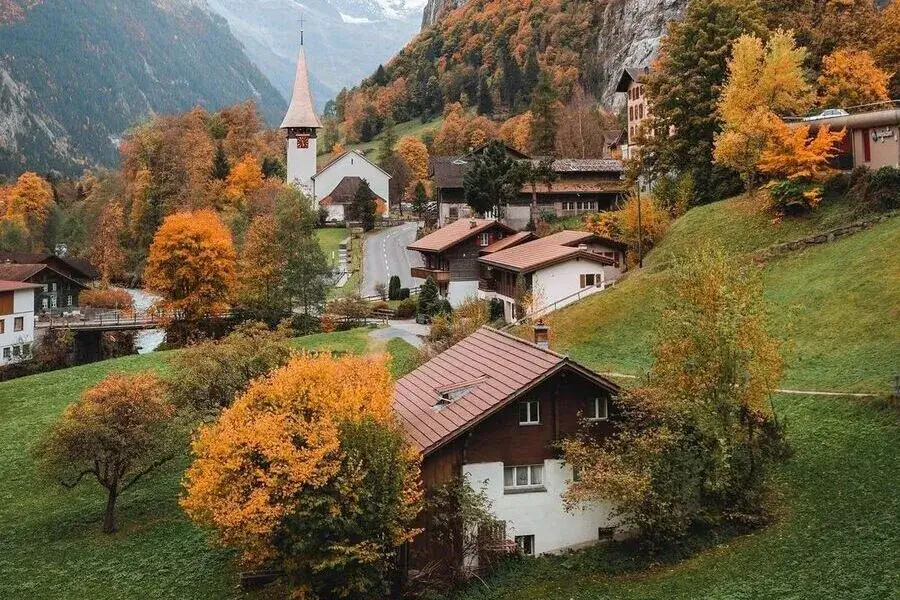Europe is home to some of the most breathtaking ecotourism sites in the world, making it a prime destination for eco-conscious travelers. From the dense forests of Germany to the volcanic islands of the Azores, Europe’s diverse environments offer unique opportunities for sustainable tourism. Ecotourism focuses on experiencing natural wonders while minimizing environmental impact, preserving local cultures, and supporting conservation efforts. This trend has gained traction as travelers seek more meaningful and responsible ways to explore the planet, making Europe a top choice for eco-friendly adventures.
In this post, we will explore some of the most popular ecotourism sites across Europe. These destinations not only showcase the continent’s extraordinary beauty but also highlight efforts to promote sustainability and protect the environment.
Whether you are hiking in the mountains of Sweden, birdwatching in Spain, or exploring the pristine waters of Croatia, these eco-friendly sites offer a way to connect with nature while ensuring future generations can enjoy the same unspoiled landscapes.
Ecotourism sites to visit in Europe
Europe is home to several popular ecotourism destinations, offering travelers the chance to experience natural beauty while promoting environmental sustainability and cultural preservation. Here are some of the most well-known ecotourism sites across the continent.
1. Plitvice Lakes National Park (Croatia)
- Highlights: This UNESCO World Heritage site is famous for its cascading lakes, waterfalls, and lush forests. Visitors can explore wooden walkways and bridges that wind through the park’s lakes and waterfalls.
- Ecotourism appeal: Strict environmental protection measures preserve the area’s biodiversity, making it a haven for eco-conscious travelers.
2. The Azores (Portugal)
- Highlights: This volcanic archipelago in the middle of the Atlantic Ocean boasts dramatic landscapes, craters, and diverse marine life.
- Ecotourism appeal: The Azores are a model of sustainable tourism, with eco-lodges, whale watching, hiking, and geothermal hot springs drawing visitors seeking an eco-friendly experience.
3. Lake Bled (Slovenia)
- Highlights: A stunning alpine lake surrounded by mountains, with a medieval castle perched on a cliff and a picturesque church on an island.
- Ecotourism appeal: Lake Bled emphasizes sustainability by promoting cycling, hiking, and the use of electric boats, all while maintaining the area’s natural beauty.
4. The Faroe Islands (Denmark)
- Highlights: This remote group of islands is known for its rugged cliffs, grass-covered houses, and unspoiled natural beauty.
- Ecotourism appeal: The Faroe Islands promote responsible travel, sustainable practices, and respect for the local culture and environment, including bird watching and hiking trails.
5. Doñana National Park (Spain)
- Highlights: Located in southern Spain, this wetlands reserve is home to a rich variety of bird species, including flamingos and the endangered Iberian lynx.
- Ecotourism appeal: Conservation and eco-tourism efforts focus on protecting wildlife habitats and promoting sustainable tourism practices such as eco-guided tours and wildlife safaris.
6. Sarek National Park (Sweden)
- Highlights: Known as Europe’s last wilderness, this remote park in Swedish Lapland features dramatic mountain landscapes, glaciers, and wild rivers.
- Ecotourism appeal: Popular for sustainable outdoor adventures like hiking, kayaking, and wildlife watching, Sarek encourages low-impact exploration and minimal human presence.
7. The Black Forest (Germany)
- Highlights: This large forested region in southwest Germany is famous for its dense woods, charming villages, and scenic hiking trails.
- Ecotourism appeal: The region focuses on sustainable tourism with eco-friendly accommodations, renewable energy initiatives, and promotion of local products.
8. Triglav National Park (Slovenia)
- Highlights: Located in the Julian Alps, this park is famous for Mount Triglav, the highest peak in Slovenia, and its dramatic gorges, rivers, and forests.
- Ecotourism appeal: Triglav National Park promotes sustainable tourism through education, protected areas, and eco-friendly visitor practices.
9. Skadar Lake National Park (Montenegro)
- Highlights: Skadar Lake is the largest lake in the Balkans and a birdwatcher’s paradise with over 280 species of birds, including pelicans and herons.
- Ecotourism appeal: Conservation programs and sustainable tourism initiatives focus on preserving the lake’s ecosystem, offering activities like kayaking, birdwatching, and eco-tours.
10. Cairngorms National Park (Scotland)
- Highlights: The UK’s largest national park, the Cairngorms offers a diverse landscape of mountains, forests, rivers, and lochs, home to rare species like red squirrels and golden eagles.
- Ecotourism appeal: Sustainable tourism practices are heavily promoted, with low-impact hiking, wildlife conservation projects, and eco-friendly accommodations.
These destinations exemplify how Europe combines natural beauty with responsible tourism, offering eco-friendly travel experiences that prioritize environmental conservation and cultural respect. By choosing eco-friendly travel options and supporting local conservation efforts, travelers can play a role in protecting Europe’s diverse ecosystems for future generations. Whether you are an adventurer seeking outdoor thrills or a nature lover eager to explore wildlife, Europe’s ecotourism destinations provide unforgettable experiences that are as responsible as they are breathtaking.





